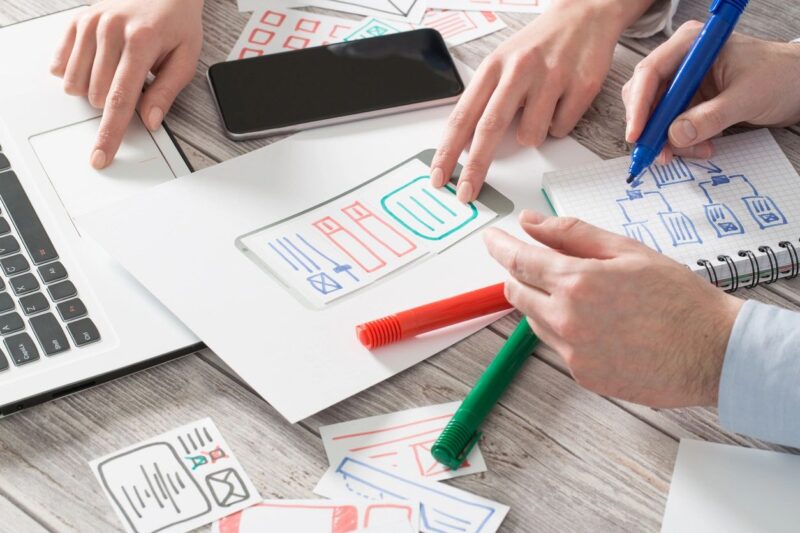The year 2024 heralds a new era where design thinking transcends traditional boundaries, offering groundbreaking methodologies to approach challenges, foster creativity, and drive unparalleled growth.
Design Thinking Tools, integral for traversing the vast landscape of design thinking, cater to each stage of the process — from empathizing with users to defining problems, ideating solutions, prototyping, and testing.
This guide to the Top 15 Design Thinking Tools for 2024 is crafted to empower professionals and organizations, offering insights into tools that enhance creativity and use customer experience data to inform design choices.
Integrating design thinking tools into business strategies is crucial. In an era dominated by customer experience, these tools provide a systematic way to identify and address user needs, ensuring products and services are innovative and truly meet customer desires. By applying design thinking tools throughout the design process, businesses can turn abstract ideas into tangible solutions that connect with their target audience, enhancing the customer experience.
Whether you’re a designer, product manager, or entrepreneur, mastering the right design thinking tools is key to success. These tools bridge theory and practice, helping teams collaborate effectively, make decisions based on customer data, and create innovative, user-focused solutions.
Stay tuned as we reveal the top design thinking tools of 2024, set to redefine creativity, efficiency, and impact in the digital age.
Read More








